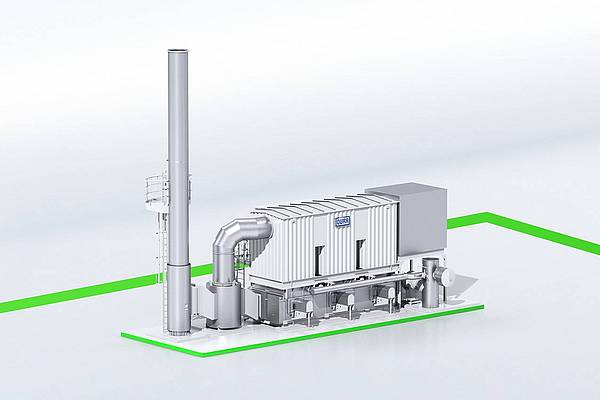

BImSchV), which was amended and came into force in March 2010, makes an important contribution to reducing emissions from what are known as small firing installations.

The Ordinance on Small and Medium-Sized Firing Installations (1. It is therefore not directly related to local measures, for example to comply with NO 2 limit values in city centres. The National Clean Air Programme aims to reduce large-scale air pollution in the long term (by 2030). These measures will further reduce emissions of primary particulate matter and of gaseous pollutants that contribute to the formation of secondary particulate matter. other agricultural measures in installation and fertiliser legislation.the adaptation of the Technical Instructions on Air Quality ( TA Luft).the phase-out of lignite and hard coal-based electricity.requirements for emissions from new passenger cars in real driving emissions.the 44 th Ordinance on the Implementation of the Federal Immission Control Act for the reduction of emissions from medium-sized combustion plants.The following measures aim to reduce air pollution further, especially particulate matter, by 2030: The primary aim is to significantly reduce particulate matter and its precursors such as ammonia, which play a key role in the formation of particulate matter. The National Clean Air Programme adopted by the German government on sets out the measures the government intends to implement to meet the requirements of the NEC Directive and thus further improve air quality in Germany by 2030. Some of the airborne particulate matter is formed through the conversion of gaseous air pollutants such as sulphur dioxide, nitrogen oxides, volatile organic compounds and ammonia. These air pollutants also damage ecosystems and their biological diversity via nitrogen and/or ozone inputs. Emissions of particulate matter caused in part by road traffic, industrial installations, household heating systems and agriculture are still at a level in Germany that poses a considerable health risk in many places. Concentrations of nitrogen dioxides still exceed the valid limit in a number of towns and cities. Stringent limit values and measures to reduce emissions from industry, transport and private households have helped to significantly decrease air pollution in Germany from previous decades. Of all air pollutants, particulate matter, ozone and nitrogen dioxide affect human health the most.

The main sources are energy consumption, road transport, agriculture and the production of goods. At the same time, however, human activities cause air pollution. Breathing clean air is a basic human need.


 0 kommentar(er)
0 kommentar(er)
